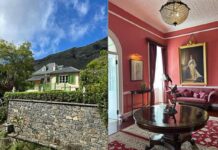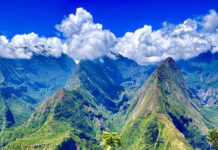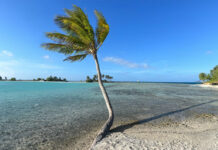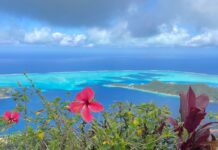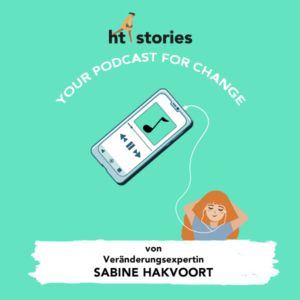I have already reported on the Malaysian part of Borneo, Kota Kinabalu and the little piece of paradise of Sandokan in the rainforest. The large island is shared by three nations: the inhabitants of the Kingdom of Brunei, Indonesia and Malaysia. The Indonesians and Malays do not get along so well. The multi-ethnic country of Malaysia is proud of itself and its achievements.
It is a modern country with a moderate Islam, where Indians, Chinese and the Muslim Malays live together peacefully. People look down a little on their poorer, wilder and economically less successful neighbour. The ‘arrogance’ is based on the self-confidence of having a lot of raw materials and resources at one’s disposal and thus being a sought-after trading partner. Better organised, blessed with state healthcare and a modern, free and good school system, the average income of Malays is around US$ 1,000 per month, whereas Indonesians have to make do with US$ 200. In the modern capital of Kuala Lumpur, one skyscraper after another is rising into the sky. The Petronas Twin Towers, which owe their name to the state oil company, are the city’s most successful landmark and shine at night in a glittering dream of a thousand and one nights.
The message about global warming and the abandonment of fossil fuels has not quite got through yet. Unlike Qatar, which I recently read, wants to become the world’s largest exporter of hydrogen produced using solar energy. But surely not until the last oil well has run dry… https://www.bloomberg.com/news/articles/2022-08-31/qatar-to-tap-global-hydrogen-market-with-1-billion-plant
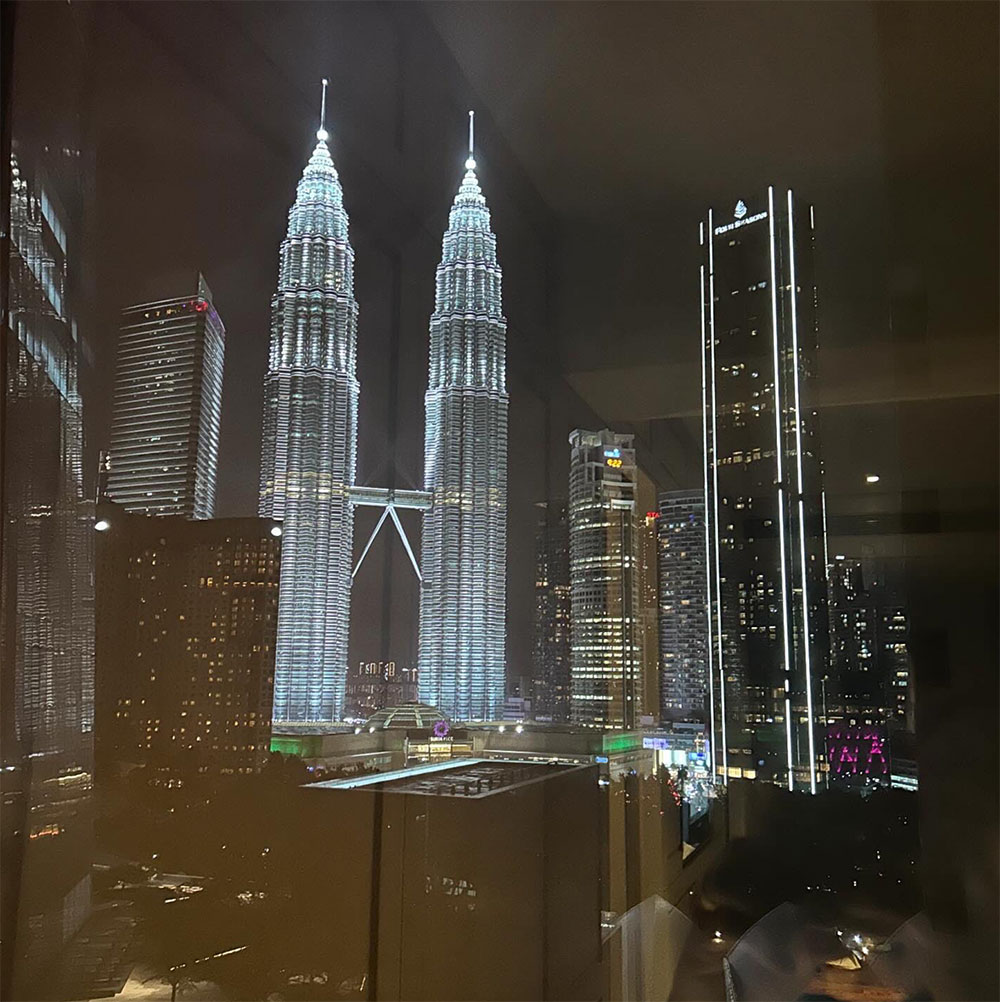
Despite its size, the city centre is small although walking is not an option here, unless you take the elevated walkways that wind their way between the tower blocks. A clever solution, as they are covered and provide protection from the sun and heavy rain. The attempt to green the concrete of high-rise buildings and hide car parks behind palm trees is obvious. I relive the vision of a tropically greened city, with quietly rippling traffic, cheerfully chatting pedestrians and bicycles floating past me, not speeding as in other cities! A daydream. The Bosco Verticale skyscraper in Milan is a successful example of urban greening. Hopefully others will follow, such as the Forest City in Liuzhou, China https://beijingtimes.com/china/2023/04/05/liuzhou-from-industrial-city-to-must-visit-destination/. Other major Chinese cities, such as Shanghai, have also caught on and are becoming quieter and greener.
A green capital is certainly easier to create in tropical Malaysia than in Düsseldorf’s Kö-Bogen or Milan’s city centre. It’s certainly wet and humid enough. Time and again, heaven open its floodgates and pours down rain of biblical proportions. Unfortunately, the reality is still different, which means traffic jams, noise and normal city madness. Nevertheless, Kuala Lumpur is impressive with its marvellous food, interesting Chinese and Indian temples, an ultra-modern giant mosque and a few colonial remains that remind us of the British who once played cricket here and complained about the hot sultriness they were trying to escape in the Cameron Highlands.
Georgetown
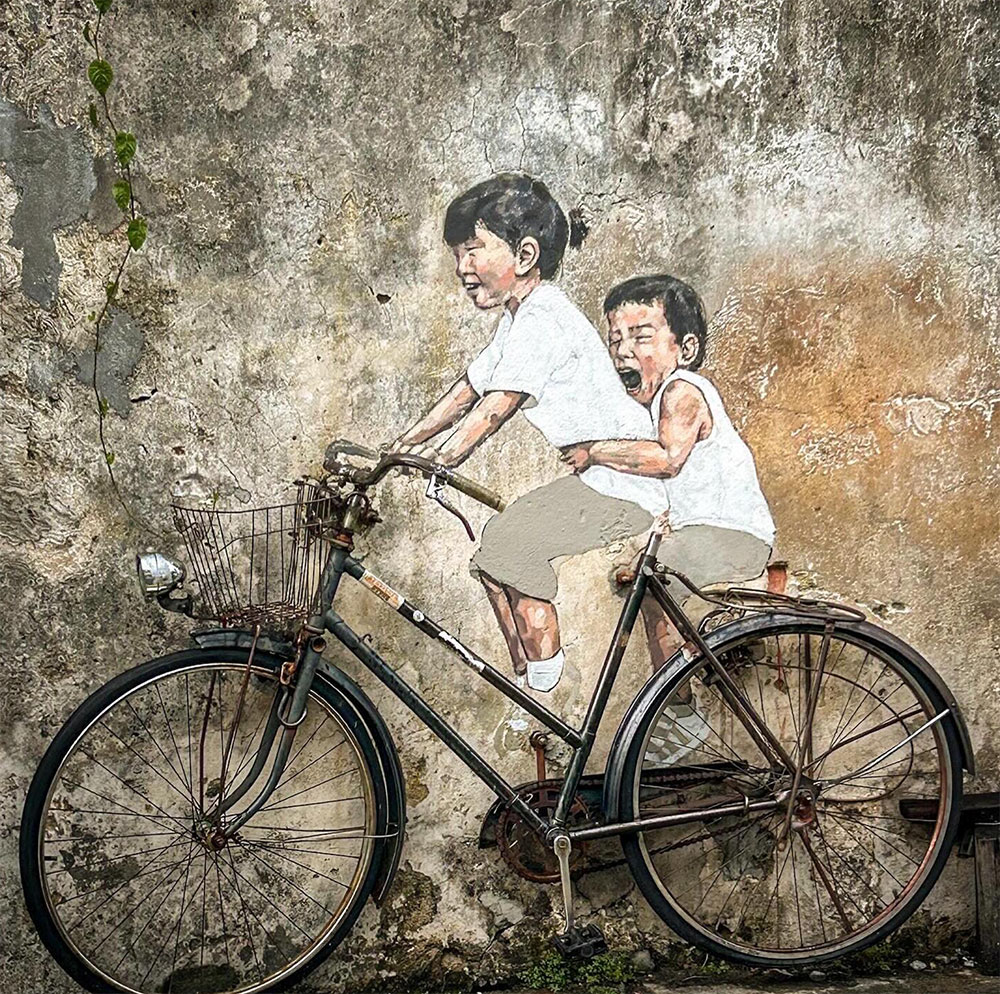
In Georgetown, the harbour town on the island of Penang, the renovated buildings of the East India Company bear witness to its trading activities in the Malacca Strait. They were late to the game in the battle for supremacy over the trade in spices and natural resources from the countries of South-East Asia. At first, the Portuguese secured their sales routes until they were put in their place by the Dutch. Nevertheless, the Chinese and Muslim culture of the local traders remained in Georgetown.
An interesting mix, especially in the old town, which is a UNESCO World Heritage Site and the capital of Instagram posting, mostly by Chinese influencers. Our food guide Sidoz almost drove over one of them in Kuala Lumpur because the best photo spot was seemingly in the middle of the street. He grumbled about how nobody wants to work anymore; they just want to be influencers. That’s quite a lot of work, isn’t it? Maybe I misunderstood it, but it’s certainly no fun to flaunt your strained smile and pristine white dresses every day in this climate at over thirty degrees. I would find that very exhausting! Georgetown was definitely worth a visit for the street art and the many Hokkien street food stalls.
Langkawi
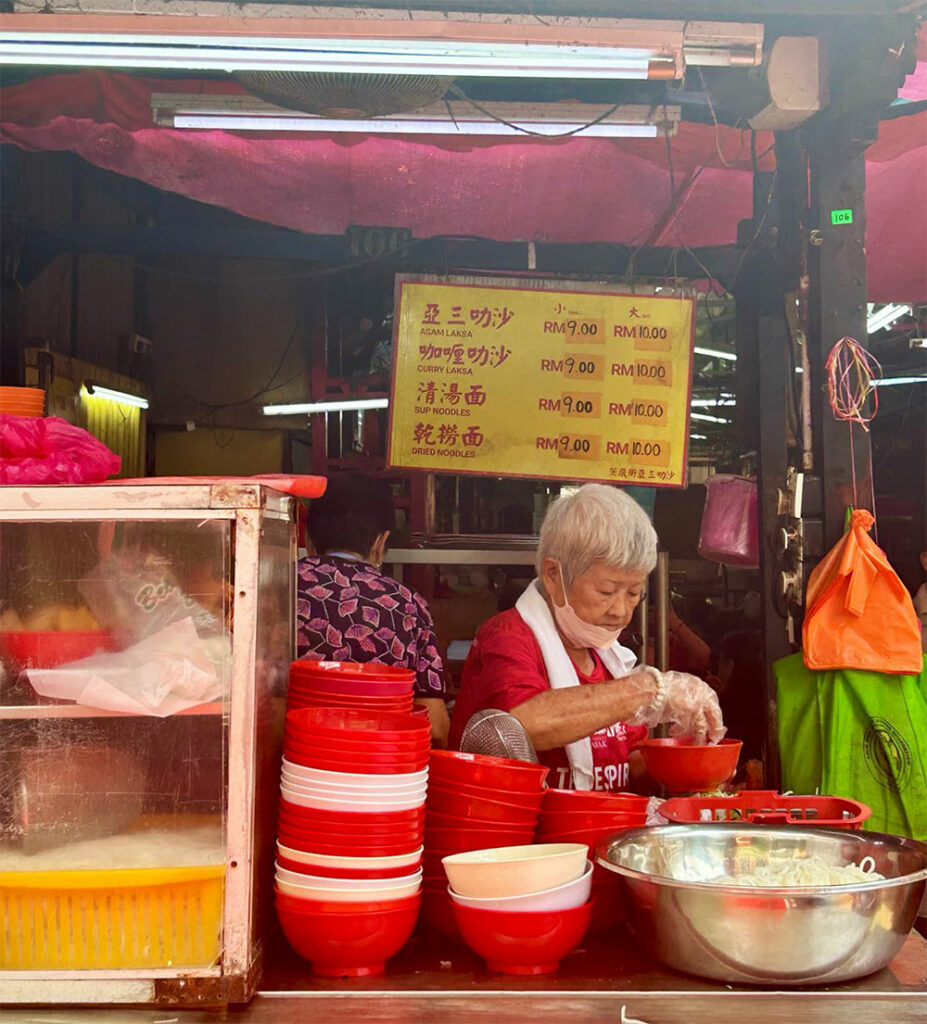
That leaves Langkawi, the small, cosy island off the coast of Malaysia. A duty-free paradise and popular excursion destination, its charming and tranquil green islands invite you to take a sunset cruise. A popular spectacle with the local population, for whom it’s worth a few dollars to be blasted with booming music on a catamaran about 500 metres from the harbour and return to the harbour singing and dancing after sunset. Most of them look very happy. Tourism is booming and is profitable, so some people skip their learned profession and become catamaran captains or DJs instead. However, the attempt to buy a wok and a gas stove shows that there are still many people who earn their living with normal things and supplying the population with the necessities of life.
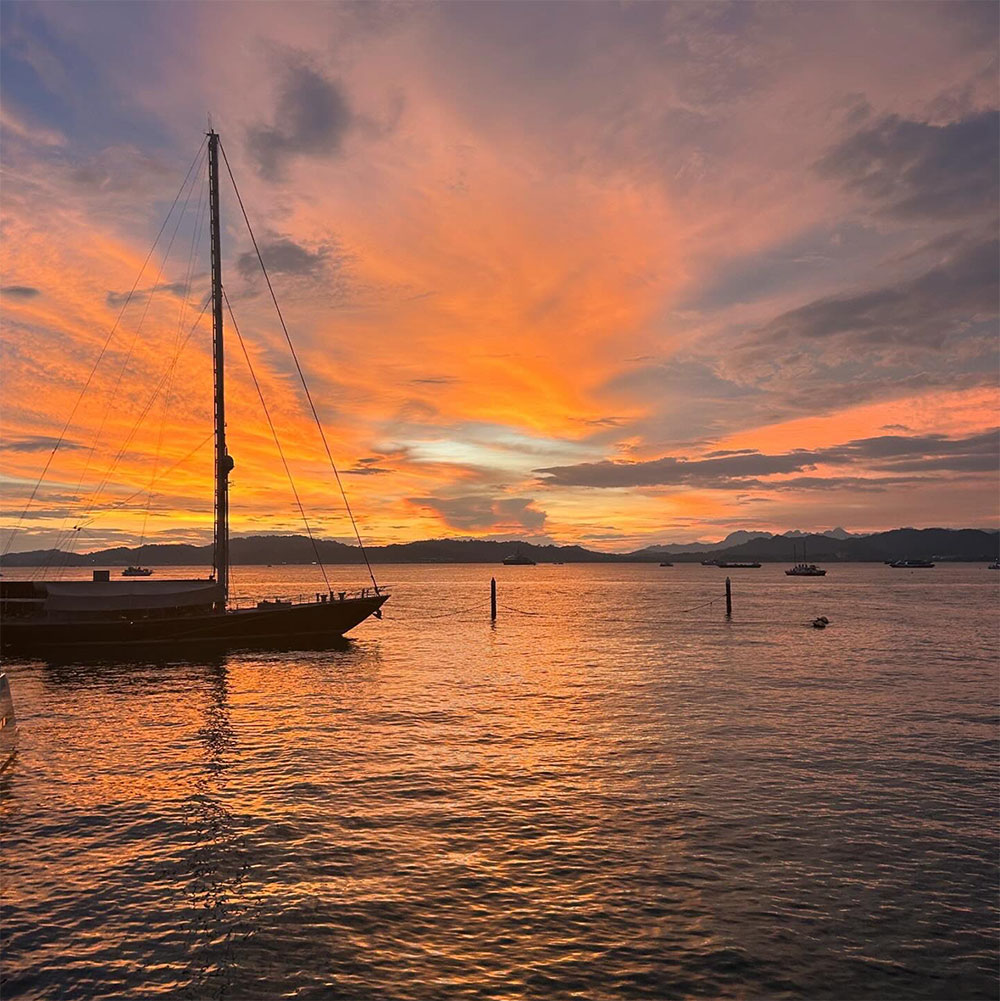
And that how it is on Langkawi, normal daily life and/or idyllic postcard, just a question of perspective.

